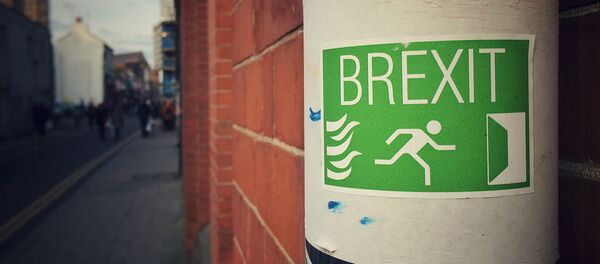The procedure is regulated by Article 50 of the Lisbon Treaty. "Any Member State may decide to withdraw from the Union in accordance with its own constitutional requirements," it reads.
Step 1: The UK notifies Brussels of its intention
The withdrawal procedure starts after a member state notifies the European Council that it wants to leave the bloc. The European Council is the highest political institution of the EU. It comprises the heads of state of government of the member states, along with President of the European Council and the President of the European Commission.
Step 2: The UK and the EU negotiate the terms
Britain will remain an EU member during the entire period of negotiations. Within this period, it would have to observe the obligations of the Lisbon Treaty. However, British representatives to the European Council cannot take part in discussions and voting on the withdrawal.
Step 3: Voting
The European Parliament comprises over 700 lawmakers who are elected directly by residents of the country members. Together with the Council of the EU, they constitute the bicameral EU legislature. In order to be officially approved, the decision on withdrawal should be supported by a simple majority of votes.
The Council of the European Union comprises 28 ministers of EU country members. It meets in 10 different configurations, depending on the issues discussed. In order to be approved by the Council, an agreement on withdrawal should be supported by a qualified majority (20 of the 27 votes).
Step 4: Withdrawal begins
All the provisions of the agreement should be implemented within two years since the moment of notification. But the term may be extended if all the members of the European Council agree.
Step 5: Britain leaves the EU
After two years, Britain will automatically withdraw from the European Union, even if the parties fail to reach all agreements. Britain will be stripped of all rights and obligations of an EU member, including free trade and free-visa travel.





